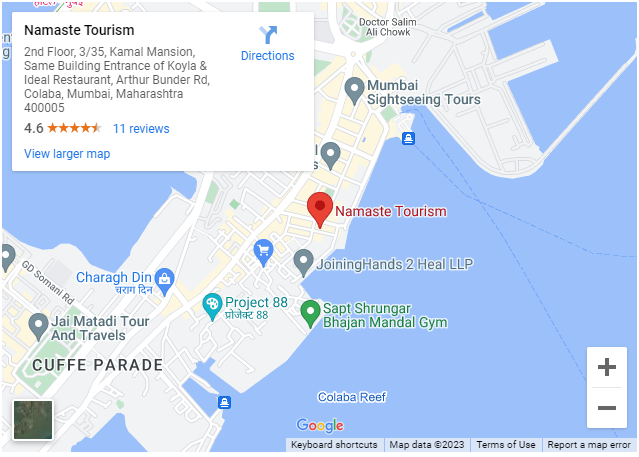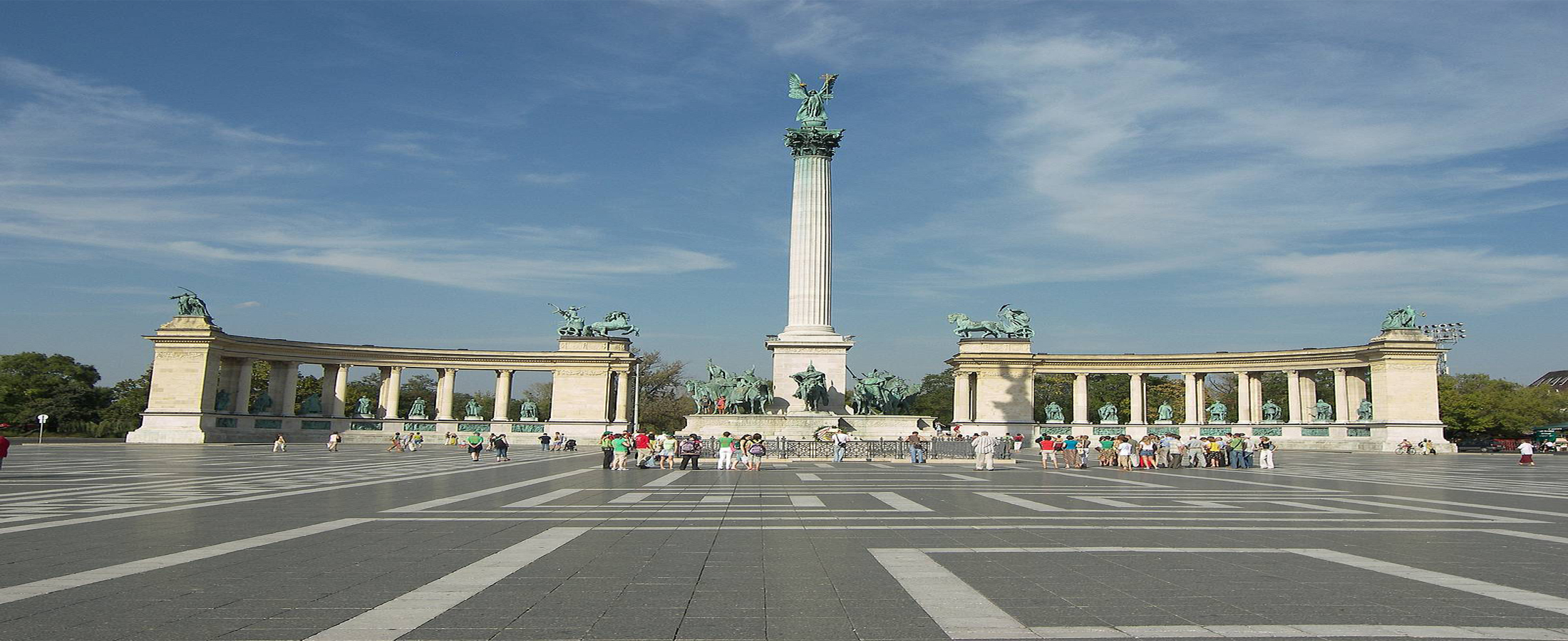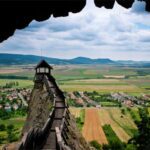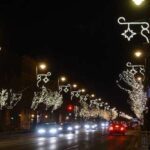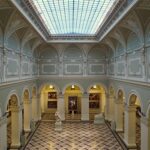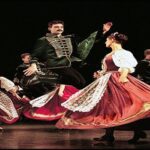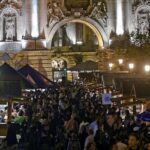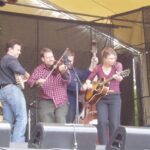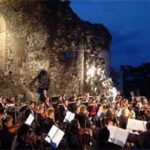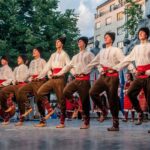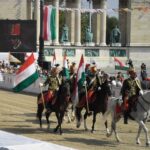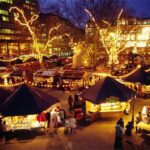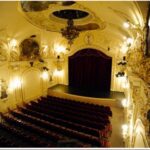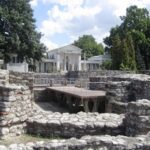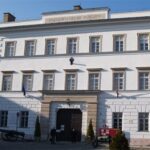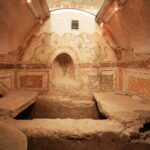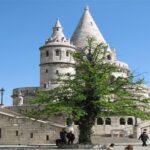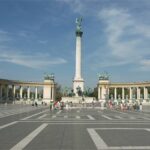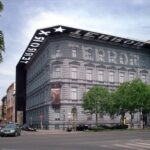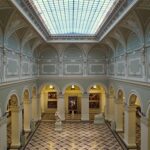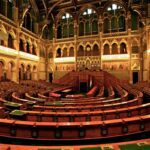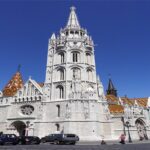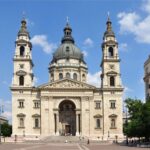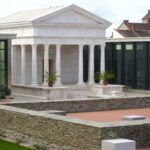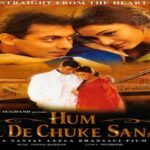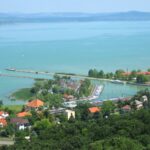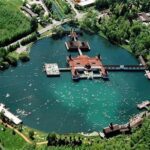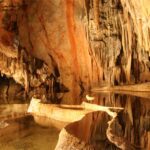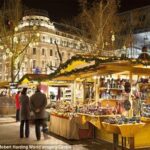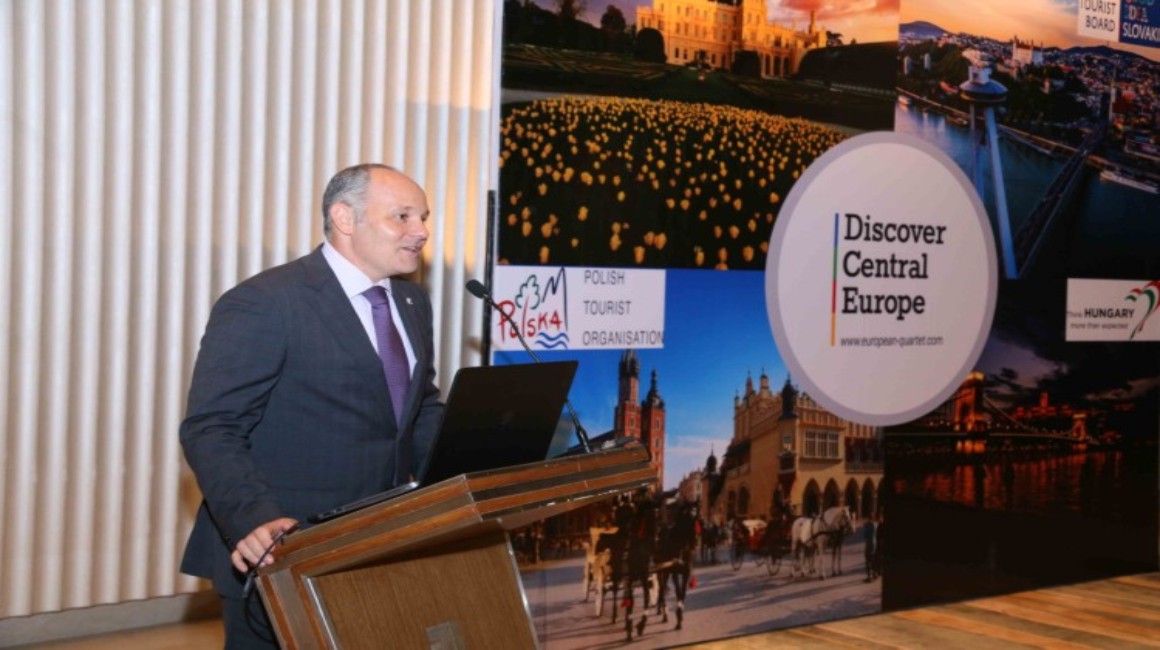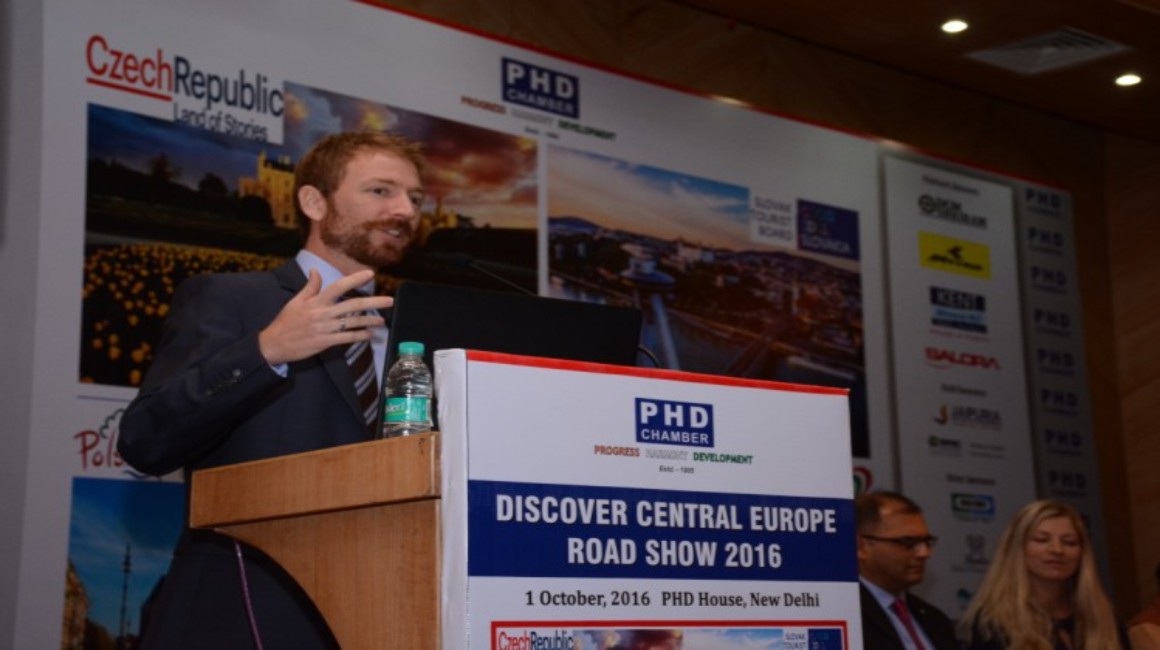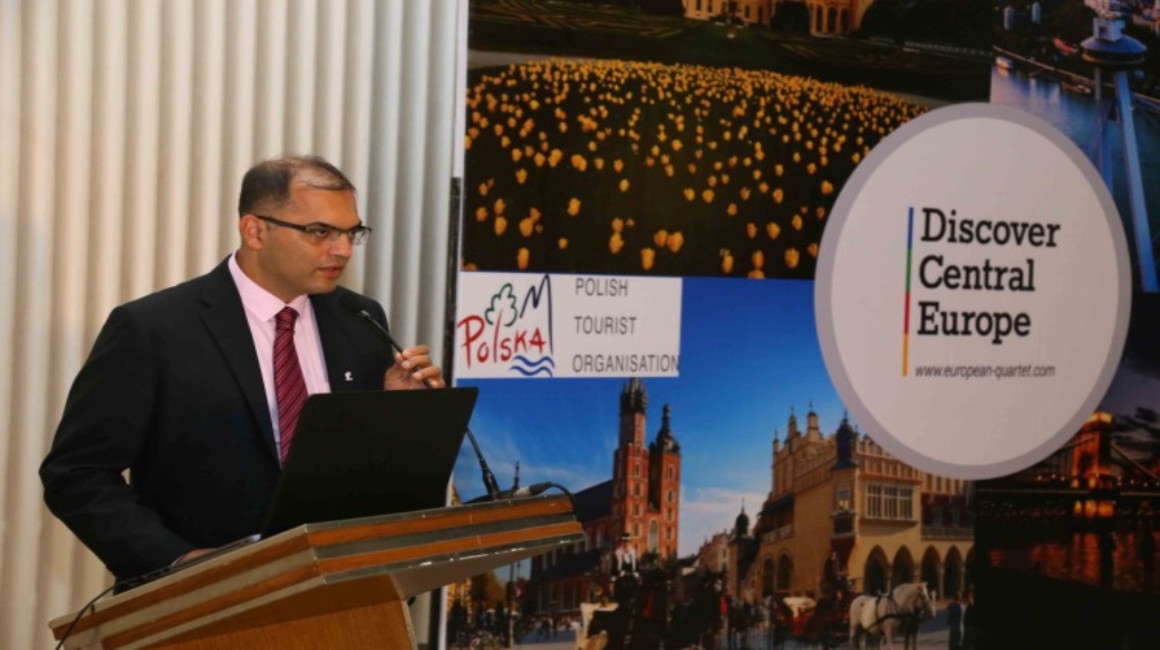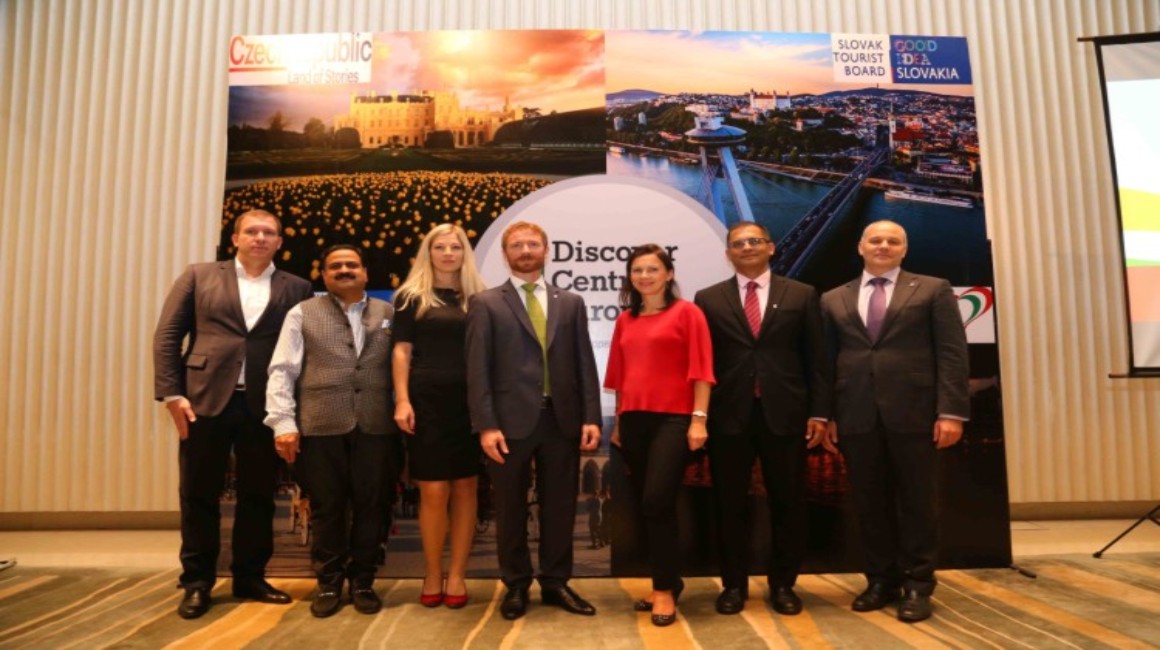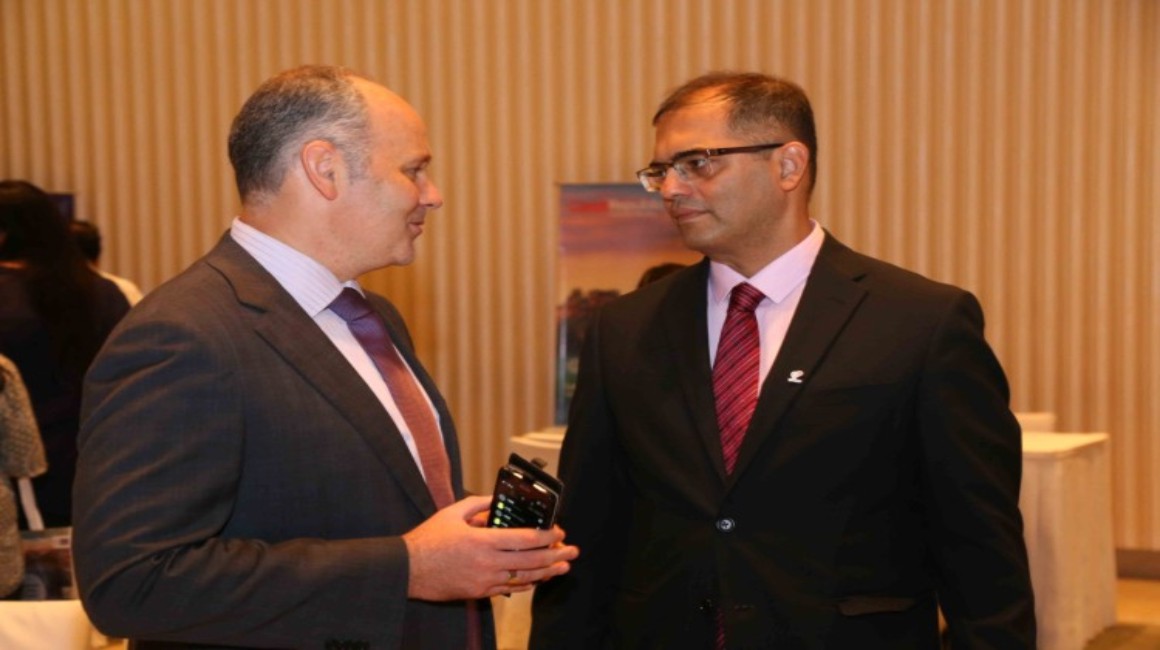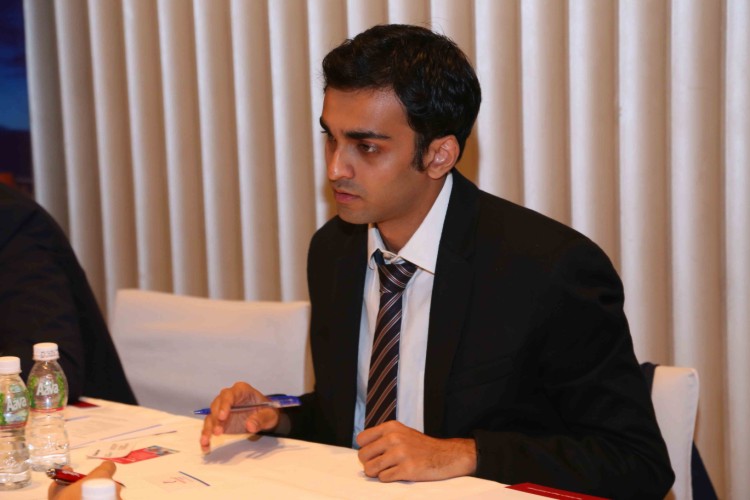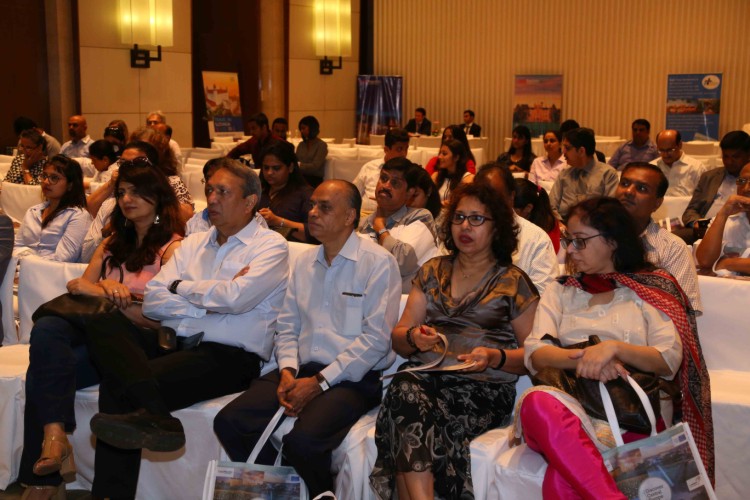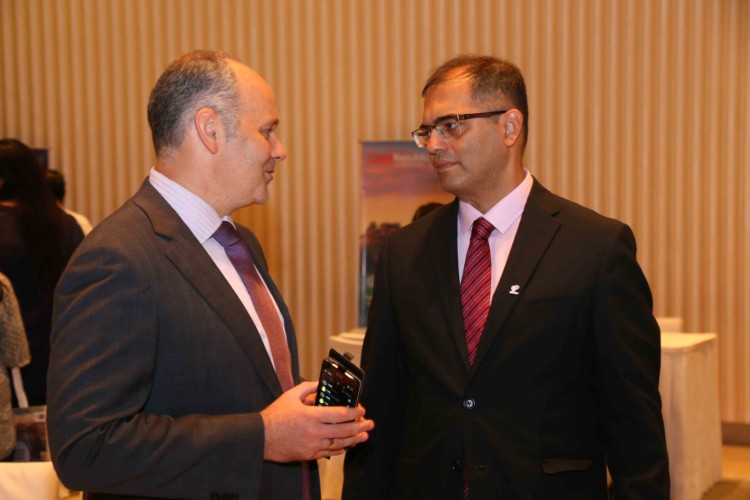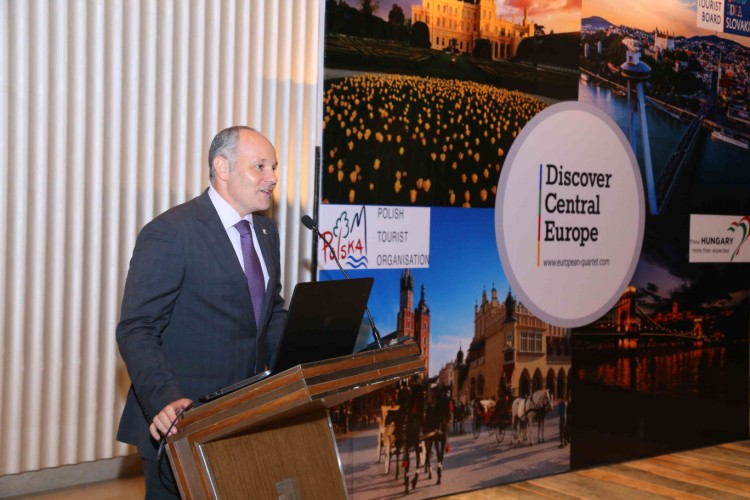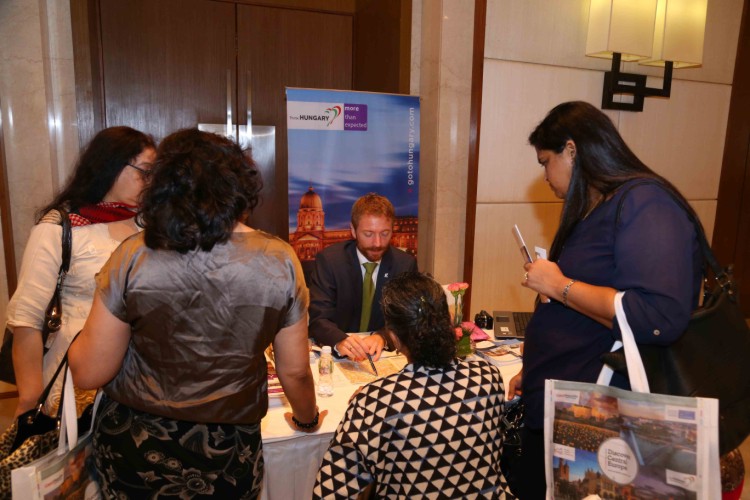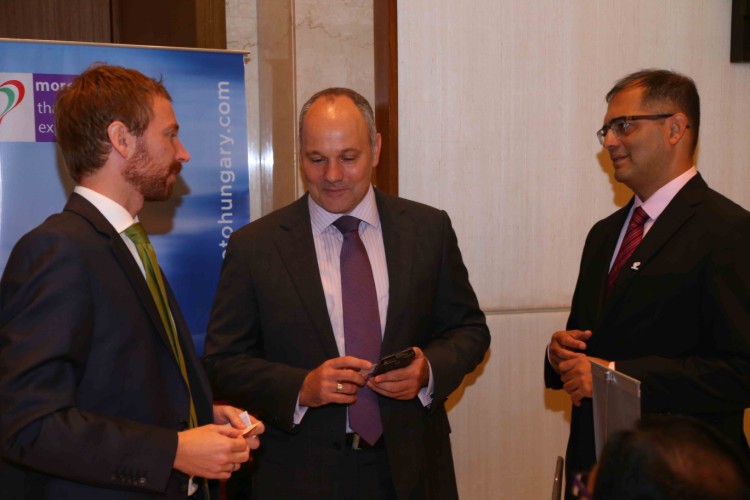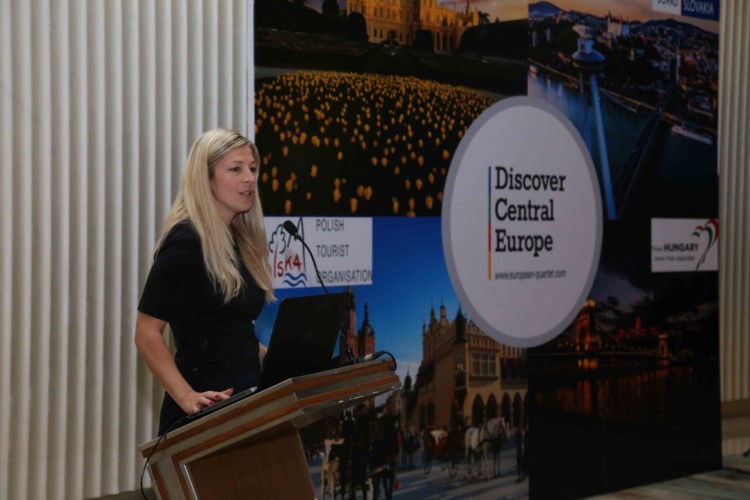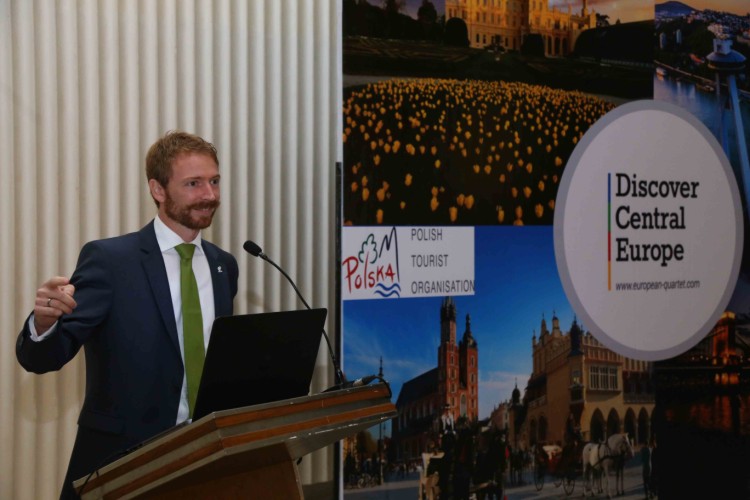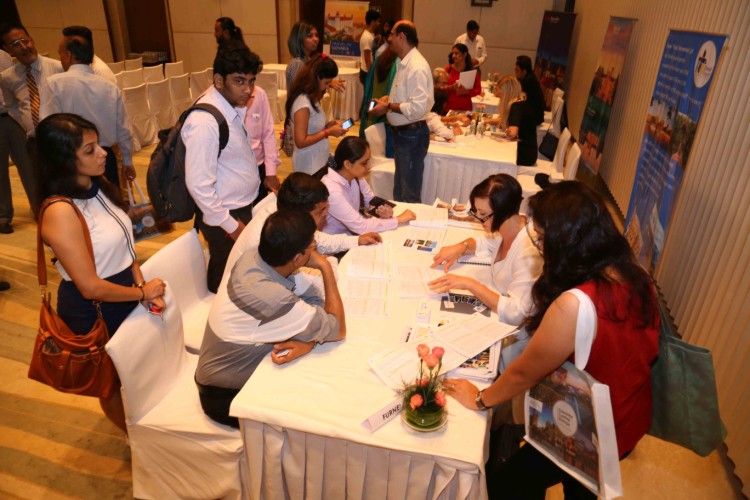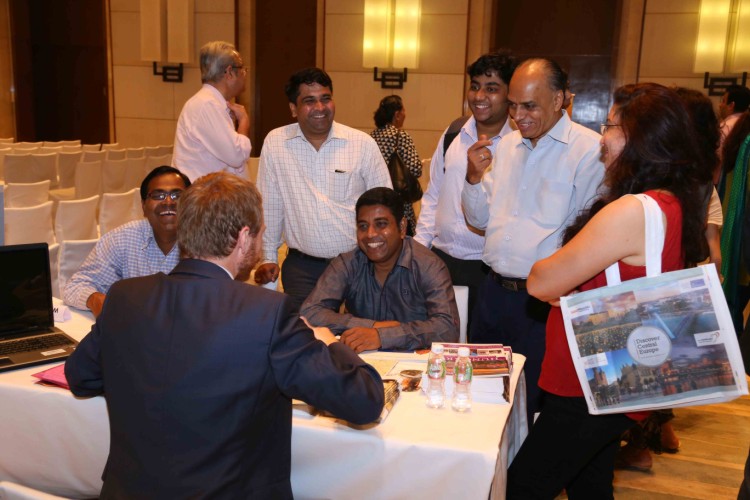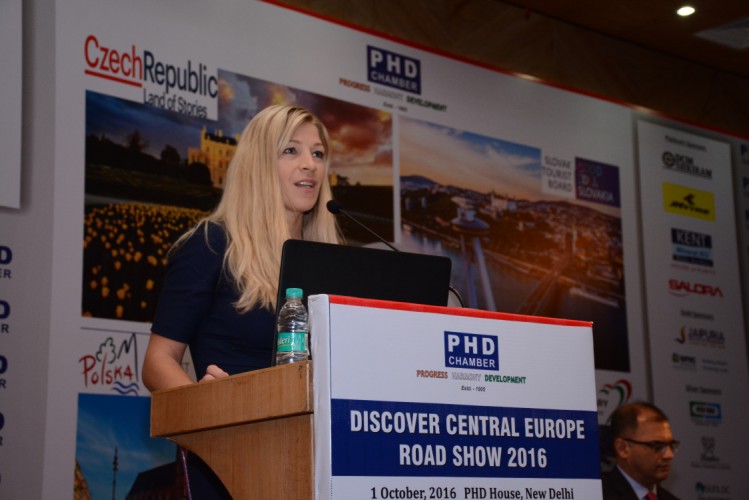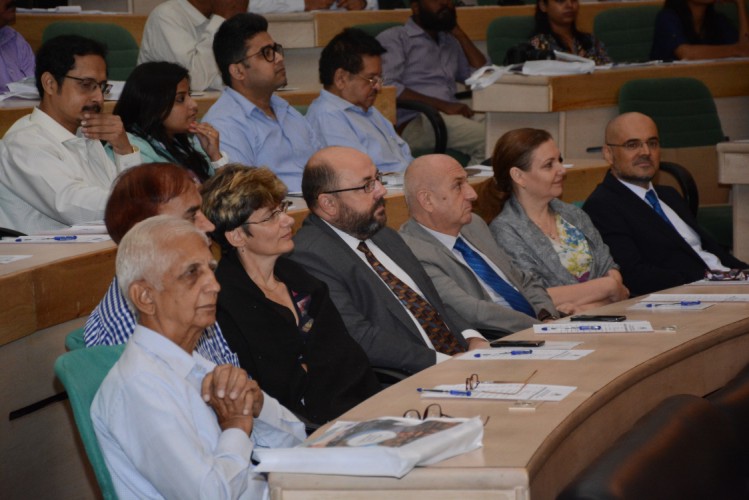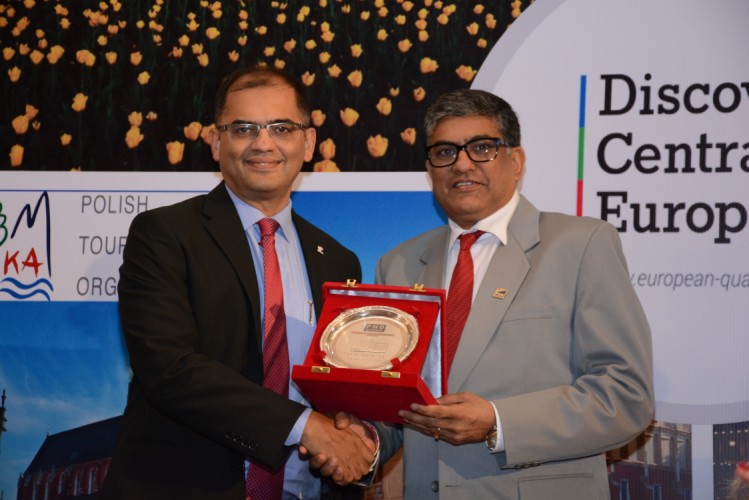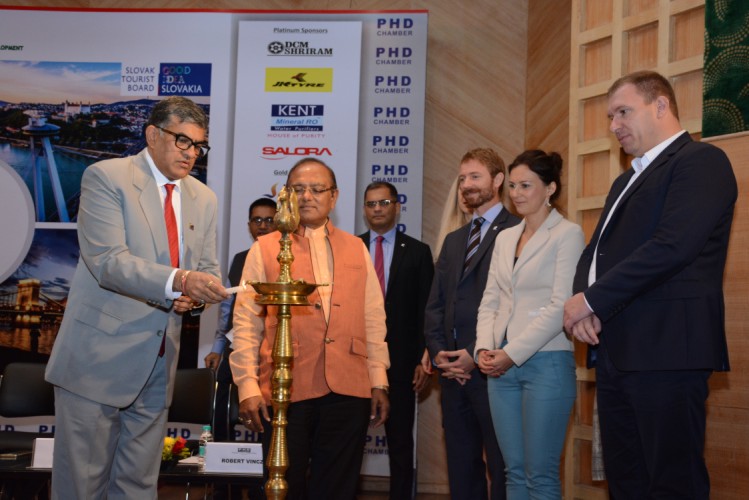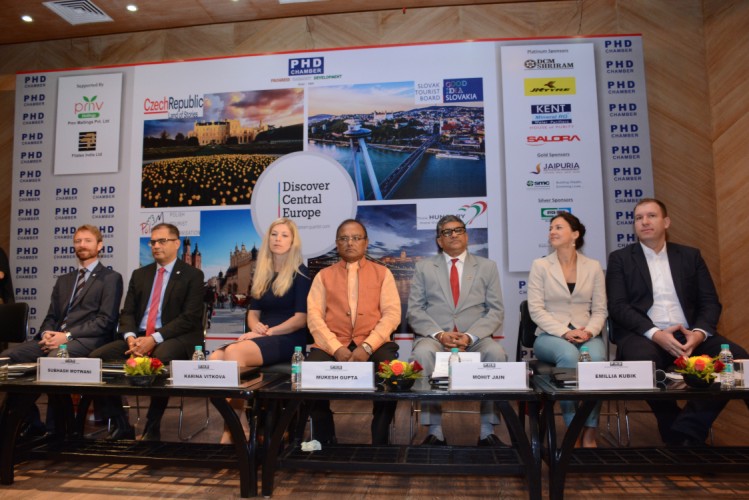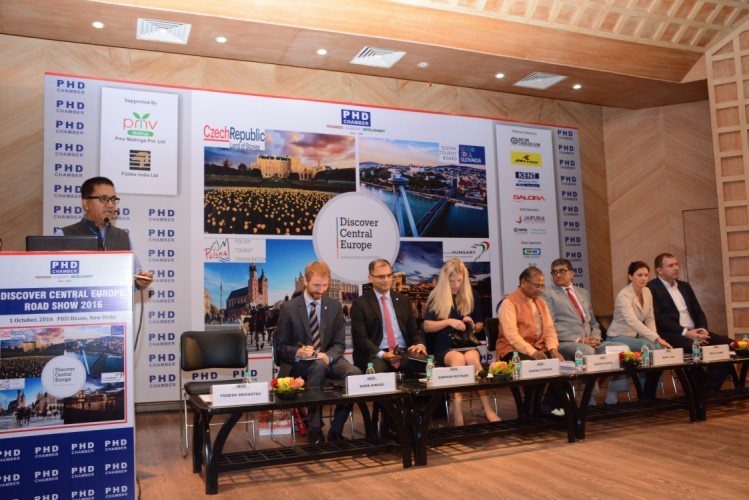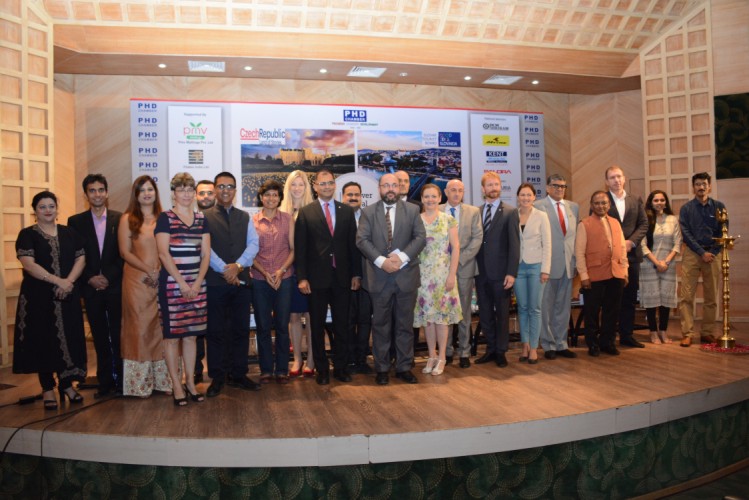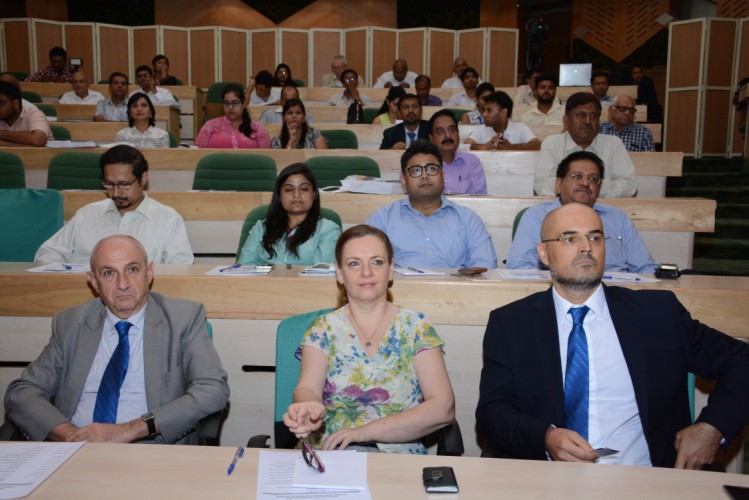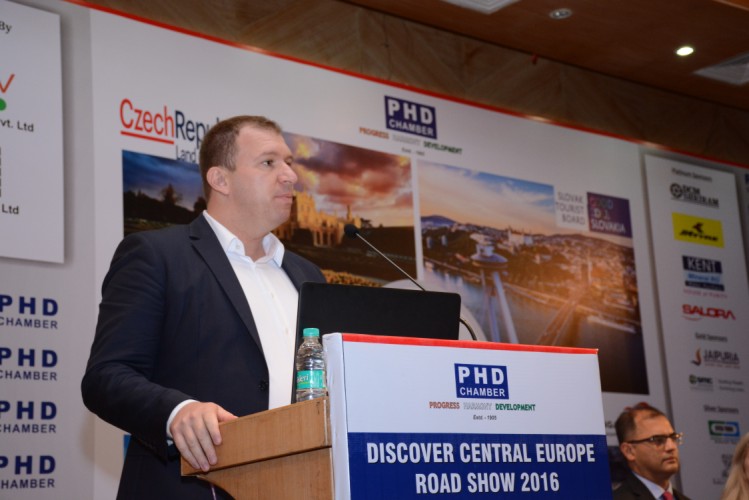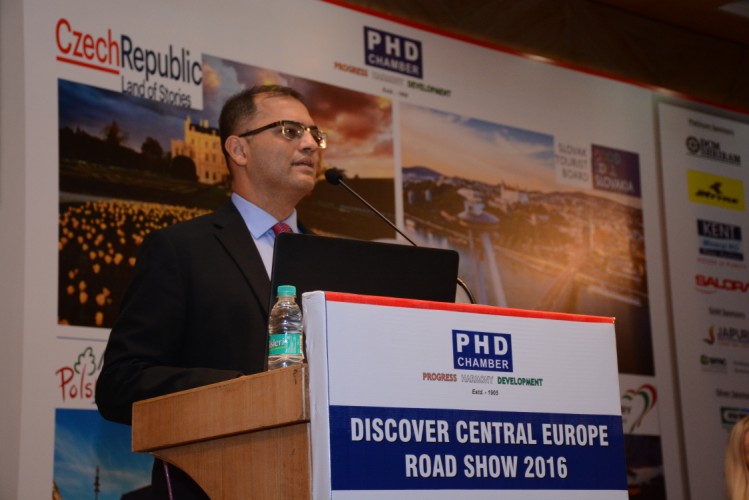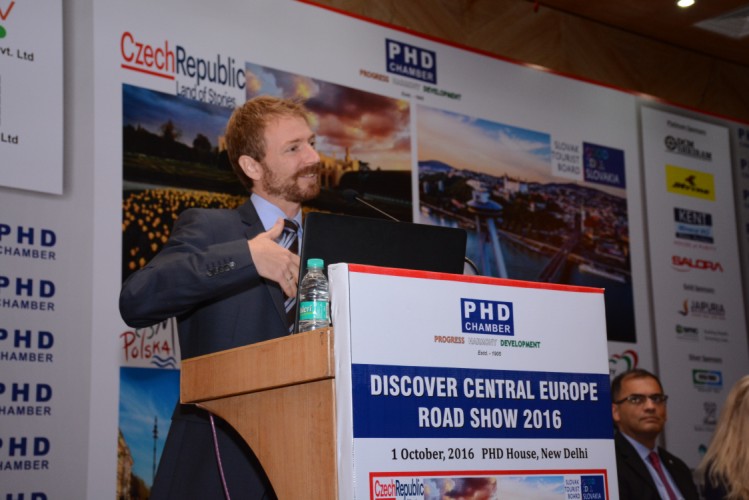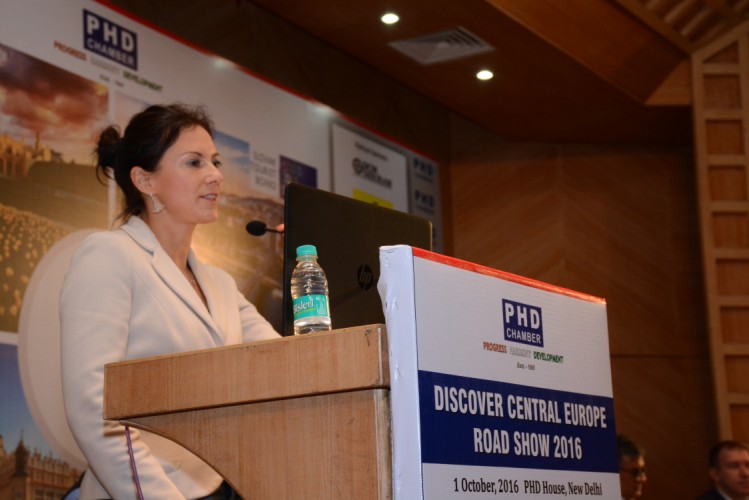Hungary
Hungary is a country with vast natural beauty & adventure experiences. It produces some of the best wines in the world. Many are attracted to the unique beauty of the Danube Valley, thermal spas, night life, exhilarating adventure sports & attractive cuisine...
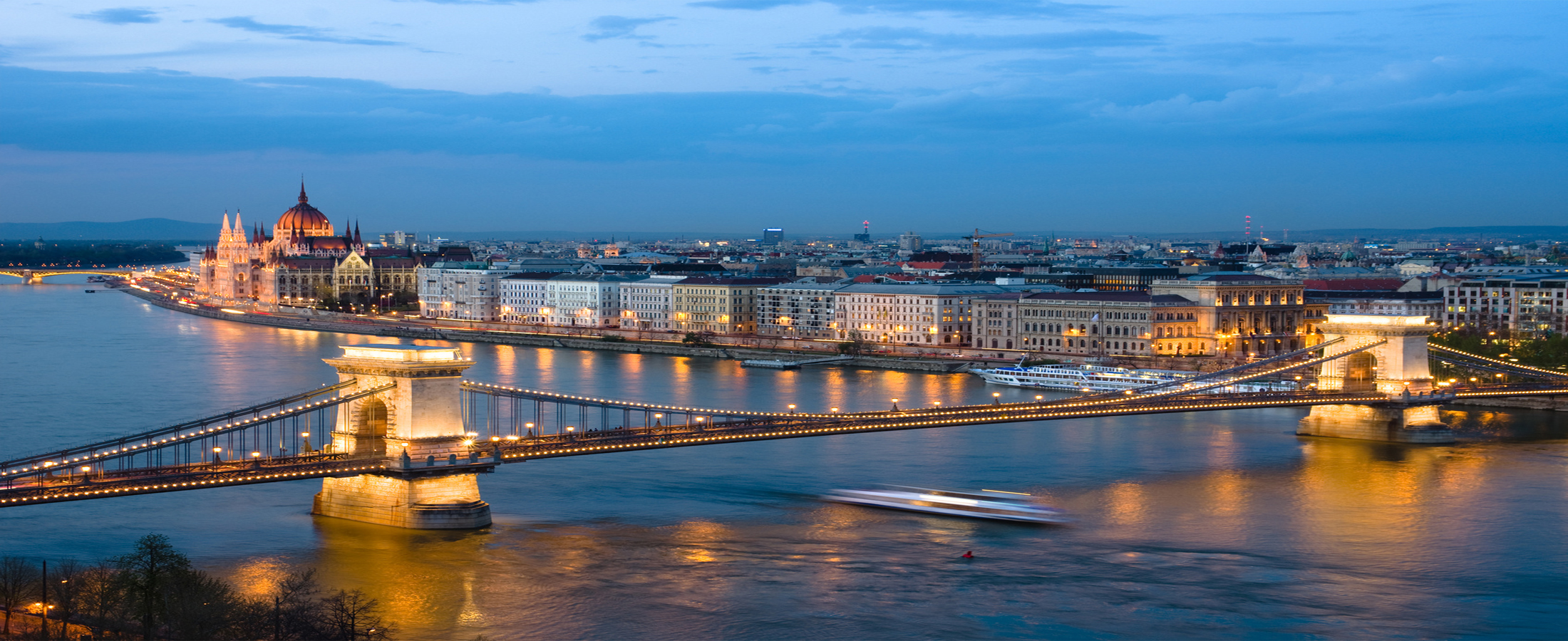
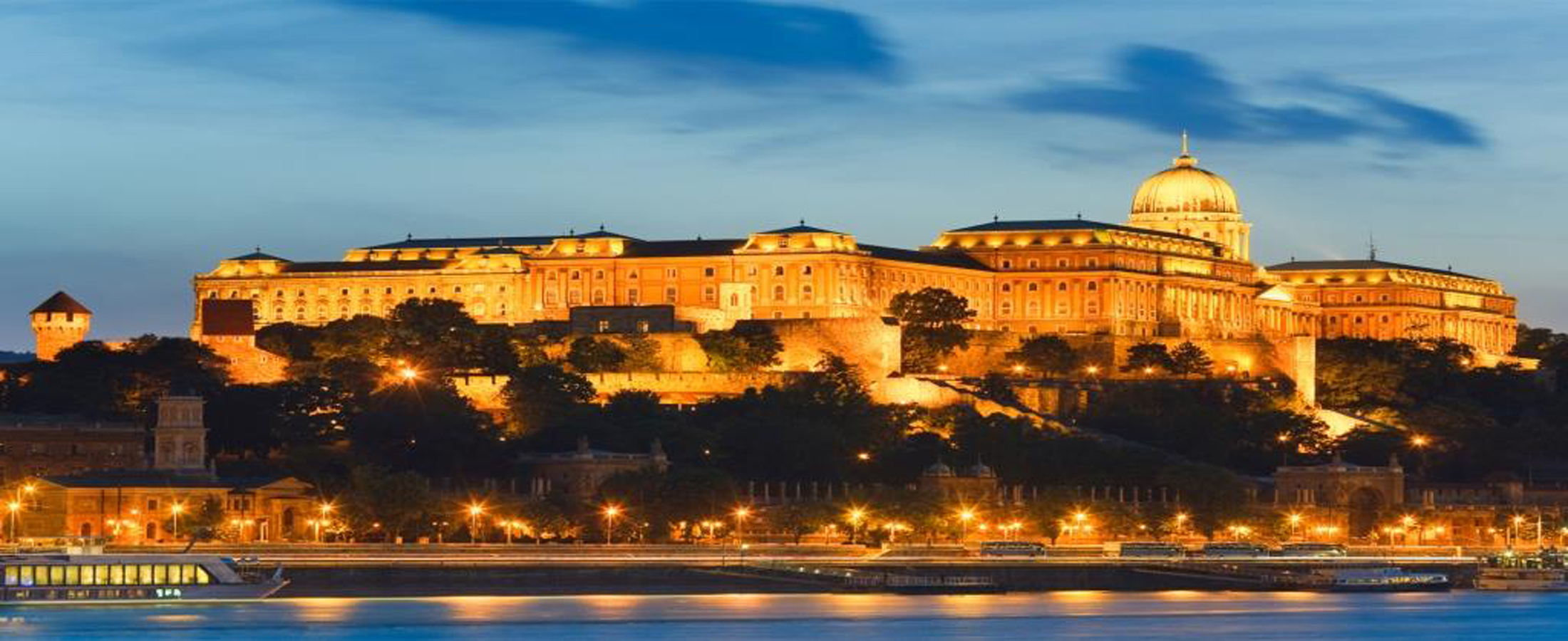
Why Travel with Namaste Hungary?
- A local concierge service with a 24×7 emergency contact number assisting you with all facets of Hungary – restaurants, shopping and local experiences
- We focus on local experiences as much as important sounds and sights that you must visit
- Our tailor made touring looks into finer elements including pace of travel and off beat as well as insider experiences where possible
Things to do in Hungary
GEMS OF HUNGARY
Hungary in One Go
Visit the major icons of Hungary in one go. Gems of Hungary takes you through the “Paris of the East” – Budapest , the capital city which is divided into Buda and Pest by the river Danube which cuts through the city also known as the Pearl of the Danube. Szentendre – the artist village, Lake Balaton – the largest lake in Central Europe, Thermal Bath of Heviz are some of the places which should be included in your “must see list” whilst planning a holiday.
HIDDEN TREASURES OF HUNGARY
Go Beyond the Popular Icons
Visit Visegrad, Esztergrom and Szentendre – the three major settlements that mark the scenic bend of the river Danube. Hungary is the Home of the Miraculous Healing Water and has the unique distinction of being amongst the top three thermal natural spas in the world. The bathing culture of this region has a 2000 year old history. One of the caves – the Josvafo cave is a UNESCO World Heritage Site.
À LA CARTE
Choose your Experiences
You like a party night cruise in Budapest? Lets add it. You want to do sailing on Lake Balaton? Done. You want horse riding in the wilderness or even a wine tasting in Tokaj? Added. A la carte is for the customized holiday traveller who wishes to add experiences based on his time and interests.
CITY MAGIC
Spice Up your Short City Stays
Travelling to Hungary on business or visiting friends and want to extend your stay in the Pearl of the Danube? Why not plan day trips to nearby attractions ? Whether it is Lake Balaton – the largest Freshwater lake in Central Europe or Lake Heviz – the only biological active healing lake in the world that is suitable for bathing all year round, whether it is Szentendre, Visegrad or Budapest, city magic adds spice to your trip in terms of shopping, art, food , culture and more during your short visits into Hungary.
LUXURY AND FAIRY TALES
Indulge without Boundaries
You could do a helicopter tour for a bird’s-eye view of the Pearl of the Danube or stay in some of the iconic luxury hotels or spas across the country or experience fine dining at Michelin star restaurants. Namaste Hungary helps you in planning a tour without any strings – filled with indulgence and experiences royale.
THEMES AND INTERESTS
Pursue a Hobby on Vacation
Whether playing golf, enjoying F1, horse riding, cycling, hiking or even pub hopping, Hungary has it all and has it big – over 3000 kilometres of cycling path and 11000 kilometres of marked hiking trails besides 17 Golf courses, 10 National parks and over 170 Nature Conservation areas. Enjoy your stay and experience one of the 3000 odd festivals that are organized each year in Hungary.
OFF THE BEATEN TRACK
Winners do Things Differently
Have you had enough of the stereotype holiday? Are you looking for something totally different and are willing to take back some interesting memories such as a visit to the valley of beautiful women or a city in the north known for its castles, thermal bath and wine too? Why not go retro – back in time and experience life of the 1960s and 1970s? You cannot get more off beat than the experiences that you can encounter in Hungary.
SELF-DRIVE
Experience Stunning Sceneries on your Own
Whether it is from Budapest to lake Balaton or from Budapest to Seged – the University town or the city of Eger – the second largest city of northern Hungary, also known for its finest wines, you may traverse through 22 wine regions including Tokaj and Sopron – wine regions which are UNESCO World Heritage sites. Explore on your own by getting behind the wheel and with a word of caution ! There is stunning scenery everywhere.
GUARANTEED TOURS
A Great Mix of Budget and International Friends
As Hungary is situated in Central Europe, it offers the best value deals and Budapest – the Paris of the East, offers better value than Paris. Enjoy activities and experiences in all inclusive Escorted Tours that the Namaste Hungary team can put together for you, at times combining it with other countries of Central Europe. Engage in local experiences and as a bonus also get to travel with people from across the world and make global friends, some of them for life.
EXTENSIONS
Elongate the Fun
Hungary is in the heart of Central Europe and within reasonable driving distances you may explore the other Imperial cities in Austria and Czech Republic as well as Slovakia or go further down south to Slovenia and Croatia or up north into Poland. Our destination planners can help you plan a unique Visegrad 4 itinerary . Incidentally Visegrad is a small castle town in the Pest County of Hungary, not to be missed during your visit.
H.E. Dr. Revai-Bere Norbert says:
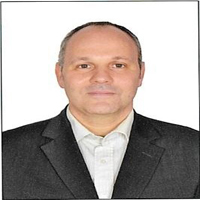
” I wish to express my sincere gratitude and happiness regarding the initiative of launching the Namaste Hungary website. Hungary has much to offer as a tourism destination for the ever growing number of Indian travellers either by its scenic beauty and unique natural heritage or its charming towns and villages as well as its diverse culture deriving from the special blend of the Asian origin of its people and the thousand-year-old European history of the country. We are looking forward to welcoming many more Indian visitors in Hungary during the coming years.”
Celebrating Hungary National Day
October 23rd commemorates the start of the Revolution of 1956, when the Hungarians rose up against the Soviet ruled communist regime. It also commemorates the ‘Day of the Republic’ as in 1989, after the fall of communism, Hungary was declared a Republic.
In 2014, Hungary established its first Consulate office in Mumbai and this would be the first celebration of the National Day in Mumbai after the commencement of the Mumbai office. Hungary has taken giant strides in both tourism and trade and recently the Deputy Minister of the Ministry of Foreign Affairs and Trade – Hungary, H.E. Dr. Laszlo Szabo was in India to forge alliances and exchange in trade between India and Hungary.
Last year, H.E. Dr. Norbert Revai-Bere started the Consulate of Hungary office in Mumbai and within a few months of opening the Consulate, Dr. Bere also took the onus of creating awareness of tourism to Hungary along with H.E. Szilveszter Bus, Former Ambassador of Hungary to India and currently the Deputy Secretary of State and together launched a website in collaboration with Mr. SubhashMotwani, Founder of Namaste Tourism. In this way, the first and only dedicated website for the Indian outbound Traveller to Hungary was initiated. The Namaste Hungary website offers holiday ideas to the discerning outbound traveller seeking unique experiences that Hungary has to offer.
The Consulate General of Hungary in Mumbai in collaboration with Namaste Tourism is glad to present this 16 page “Namaste Hungary” special print edition to further bring the Indo-Hungarian relations closer, for years to come.
Consul General Speaks
H.E. Dr. Norbert Revai-Bere is the Consul General of Hungary in India and here he shares his views on Trade, Tourism and Indo-Hungarian relations.
Why is 23rd October being celebrated as National Day in Hungary and what is its significance?
October 23rd is one of our National holidays in Hungary. Besides, August 20th is the Foundation of Hungarian Statehood with the Coronation of our first King, St. Stephanus in the year 1000 AD. March 15th commemorates Hungarian Civil Revolution and War of Independence in 1848.
October 23rd commemorates the Revolution of 1956, when Hungarians rose up against the Soviet ruled communist system. October 23rd marks the first day of the Revolution of 1956. Peaceful demonstrations were held on this day throughout Budapest, many organized by students, demanding free elections, freedom of the press, and withdrawal of the Soviet troops stationed in Hungary. The events later turned to a War of Independence. By November 4th, Soviet leaders sent in their tanks with reinforcement to bring a bloody end to the Hungarian Revolution. Thousands of people died and over 200,000 fled the country.
October 23rd, also commemorates the ‘Day of the Republic’, as in 1989, after the fall of communism, Hungary was declared a Republic on October 23rd.
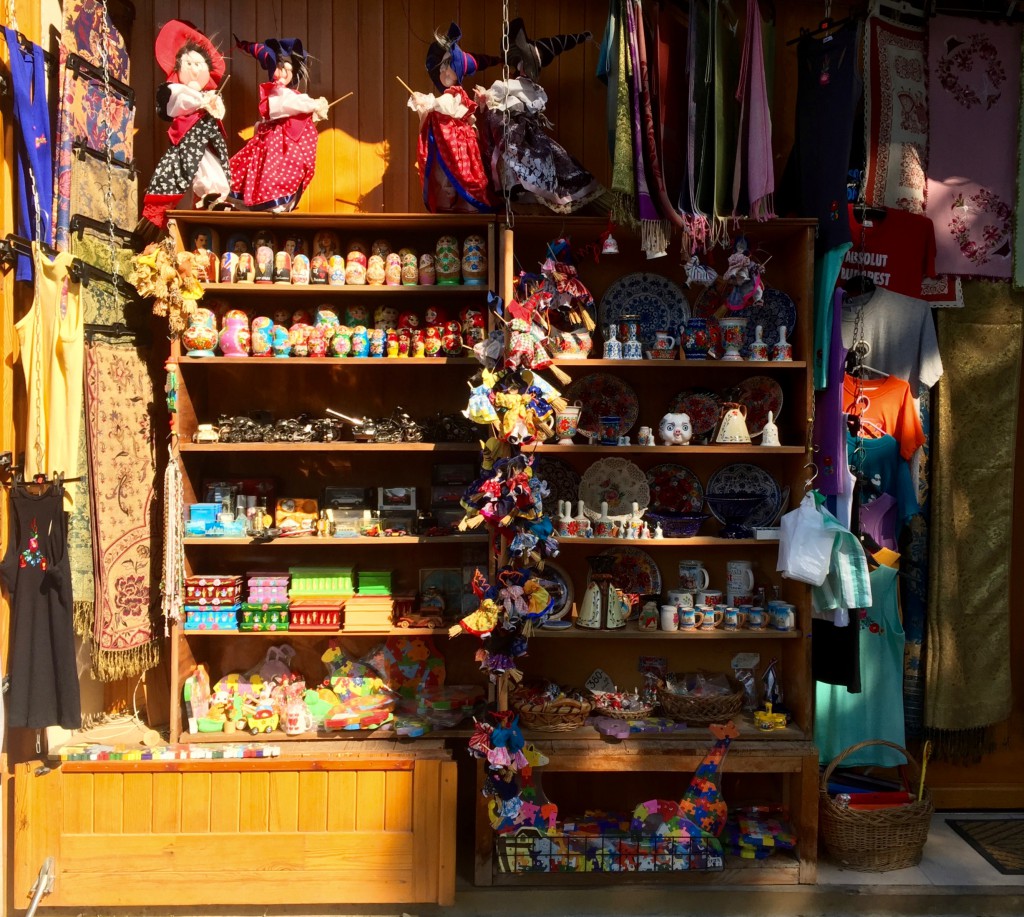
How long has the Consulate General and Promotion Centre of Hungary been in Mumbai and what are the roles and responsibilities of the Consulate’s office?
Hungarian Prime Minister Viktor Orban visited Mumbai during his official trip to India in 2013 and, recognising the economic, political and cultural importance of the city and the state of Maharashtra, decided to open Hungary’s first ever Consulate General in Mumbai, with consular district that spreads over the States of Gujarat, Maharashtra, Goa, Kerala, Tamil Nadu, Andhra Pradesh, Karnataka and the Union Territories of Pondicherry, Daman & Diu, Dadra & Nagar Haveli. The new Consulate General of Hungary in Mumbai started its operation in 2014. The Hungarian Consulate General is the focal point of interaction in its jurisdiction for promoting economic, cultural and political relations between India and Hungary. Besides promoting bilateral economic and trade co-operation, we also try to increase the visibility of Hungary in India and the knowledge of Indian people about Hungary with particular attention to our common heritage such as Amrita Sher-Gil and other eminent personalities. Many other sectors and fields of collaboration like education, academic exchange, film industry, and tourism have huge potential. It is our aim to identify and develop further our ever diversified relations in these and other areas. And of course, we do issue visas for Hungary and the Schengen-territory in Mumbai.

How has the role of your office in areas of trade promotion, tourism and cultural exchanges evolved?
As mentioned before, we have tasks in multiple sectors to develop relations and to identify potential partners from India and Hungary. We only started our operations about a year ago, however we have already achieved initial successes. To mention a few: the number of Indian tourist arrivals in Hungary has grown by almost 60% during the last one year and we see further potential in this regard. We have managed to reach out to the Bollywood film industry and at the moment a great Indian movie production is currently shooting in Hungary with the lead actors comprising of John Abraham and SonakshiSinha. We are looking forward to the premier of the film directed by AbhinayDeo and produced by Vipul Shah and hoping for more movies to come. We also managed to bring several Hungarian artists and musicians to Mumbai, and we shall bring many more in the coming years.

Is this your first stint in India in the official capacity? If not, then please share the experiences of your earlier visit and how different is it this time as compared to the earlier times?
I have spent three years in Delhi earlier, at our Embassy as Deputy Head of Mission. It was an exciting experience then and it is an exciting experience now, in Mumbai. India is changing rapidly but one thing seems permanent, that India has millions and millions of faces, characters and surprises, and we never get bored to experience what this beautiful country offers us day by day.
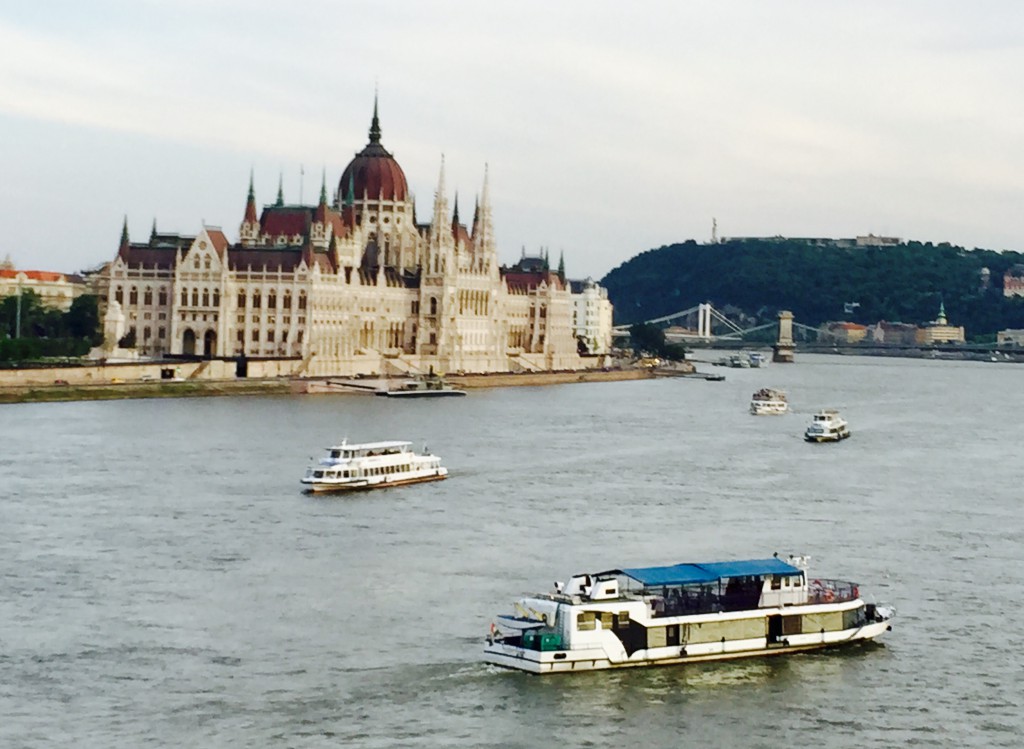
How aware are the people of Hungary with regards to India in terms of trade and tourism opportunities and what is the overall perception of Indians and India as a whole in Hungary?
India was always in the hearts of Hungarian people. Hungarian intellectuals for centuries looked at India and were inspired by India and the Indian culture. It must have something to do with the Asian origin of the Hungarian people. With over 1000 years of European history, we still maintained a great understanding and openness towards Asian civilisations and the way of thinking by Asian people and a great curiosity for the wonders of this continent. India, however, is being recognized more and more in Hungary. We have religious and ethnic communities in Hungary with strong Indian backgrounds and many people with admiration and interest towards Indian cultural heritage such as Yoga, Ayurveda, Art, Music, Dance and others. On economic terms our co-operation is also evolving, with Hungarian companies entering India and with many more Indian companies and investments in Hungary, using our country as a Gateway to Europe.
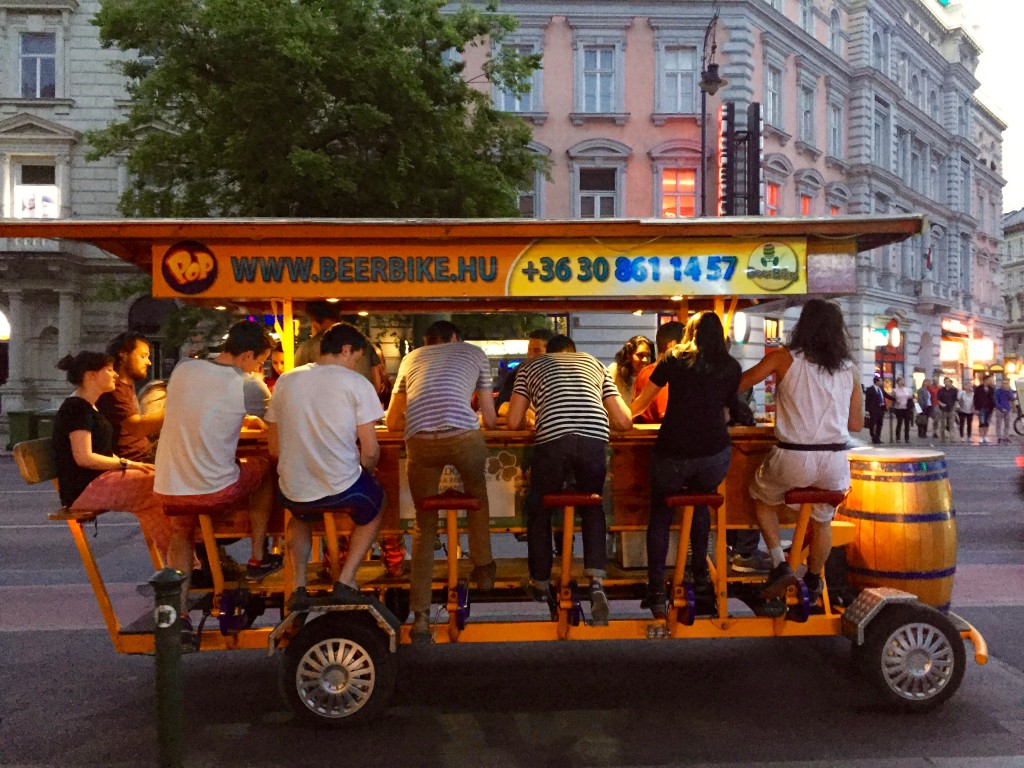
How do you plan to create awareness of Hungary in India that goes beyond Hungarian Goulash and Folk?
Goulash, or as we call it: Gulyás is an important and unique feature of the Hungarian cuisine, which of course has much more to offer, blending Asian and European traditions. We are proud of our folk traditions as well as our achievements in Science and Modern Arts that contributed greatly to the world. However, we try to show both our traditions and new achievements which of course cannot be really separated as they are deeply interconnected on many levels. New innovations and start-ups are also trying to find their way into the global presence including in India, and we are here to help them in their endeavours.
In which areas can India and Hungary exchange ideas and expertise and how does your office play a role in forging these alliances?
There are many areas and opportunities which are constantly identified by us and our partners. There are fields of course where our expertise can offer more or different things that might suit Indian requirements better, such as sustainable water management, renewables, agriculture and food productions, as well as scientific collaboration in many areas. We try to connect Indian and Hungarian companies, universities, Government organisations and personalities whose co-operation can mutually benefit both our nations.
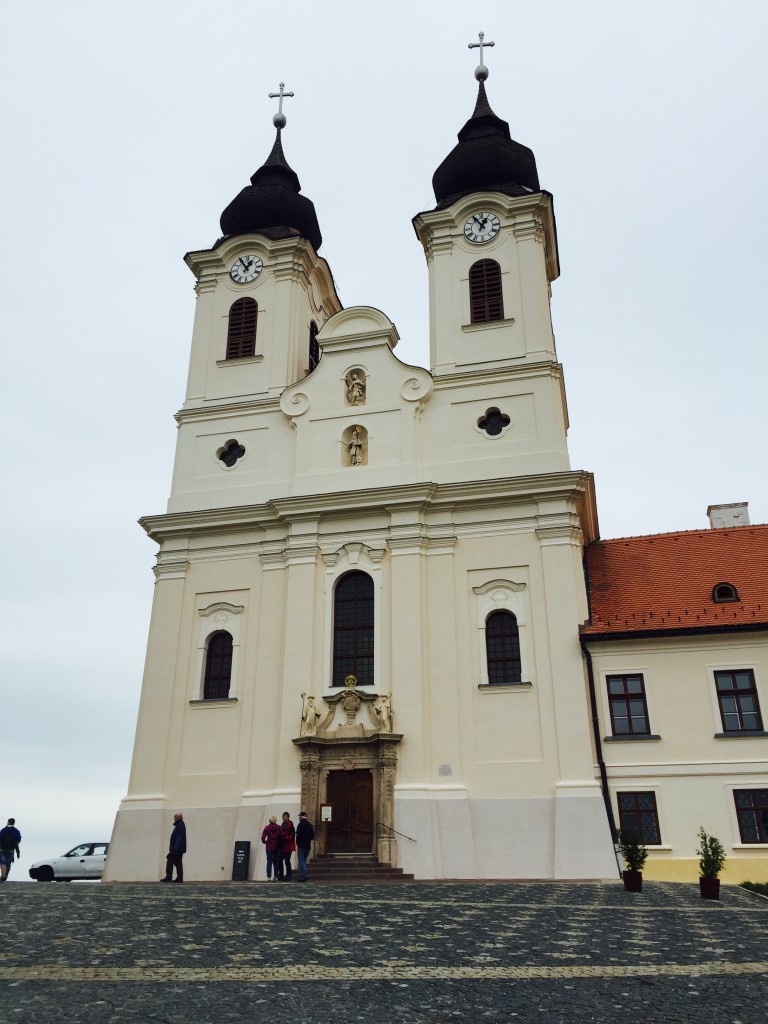
What is the nature of delegations who have visited India and what has been their feedback?
There have been many delegations and there are many more to come from different sectors. Their overall feedback is very positive, seeing huge potential in India and in working with Indian partners. I think the secret for successful co-operation however is to find a trustworthy and capable Indian partner.
Compared to other European destinations, how is Hungary different in terms of value?
As it has been mentioned before, besides our millennium old European history, we have also proudly acknowledged our Asian origin, which creates a special and unique blend of hospitality with the spiciest food in our continent, and unparalleled musical and architectural heritage. I must also mention the natural beauty of our country having one of the largest lakes of Europe with historical vineyards having thousands of years of wine-making traditions and one of the greatest reservoirs of thermal water with centuries old bath culture developed over it. We still maintained to a certain extent our nomadic traditions in the Great Plain of the East of Hungary where beautiful horses roam the fields freely. Prices in Hungary are still among the most competitive ones for accommodation and food and for shopping as well.

What does Hungary have to offer to the discerning traveller and what is the duration of stay you would recommend to suitably experience Hungary?
Hungary has a lot to offer, I would say that a life-time might not be sufficient to see everything. We like to say that once someone arrives in Hungary, they might find it difficult to leave: the Ottomans were here for 150 years, the Austrians for 200 years and even the Russians for almost half a century. I am just kidding of course, but the more time you spend in Hungary the more interesting adventures and experiences you may discover. A week, however, could be sufficient to explore our beautiful capital, Budapest and Lake Balaton, but then you can find many more amazing towns, villages, mountains and vineyards if you stay for another week. And so on…
What local experiences should a traveller to Hungary include to understand the lifestyle of the Hungarians?
Try our cuisine and wines, go to the marvellous historical baths and wander on the streets among the architectural miracles of our cities, go to the markets and enjoy your time in Hungary with Hungarians as much as you can.
Besides Budapest, what key locations should a traveller visit in Hungary?
Lake Balaton, the Bend of Danube with Visegrád and Szentendre, The Great Plain of the ‘Puszta’ and all the beautiful cities and towns, like Szeged, Pecs, Debrecen, Gyor and many others.
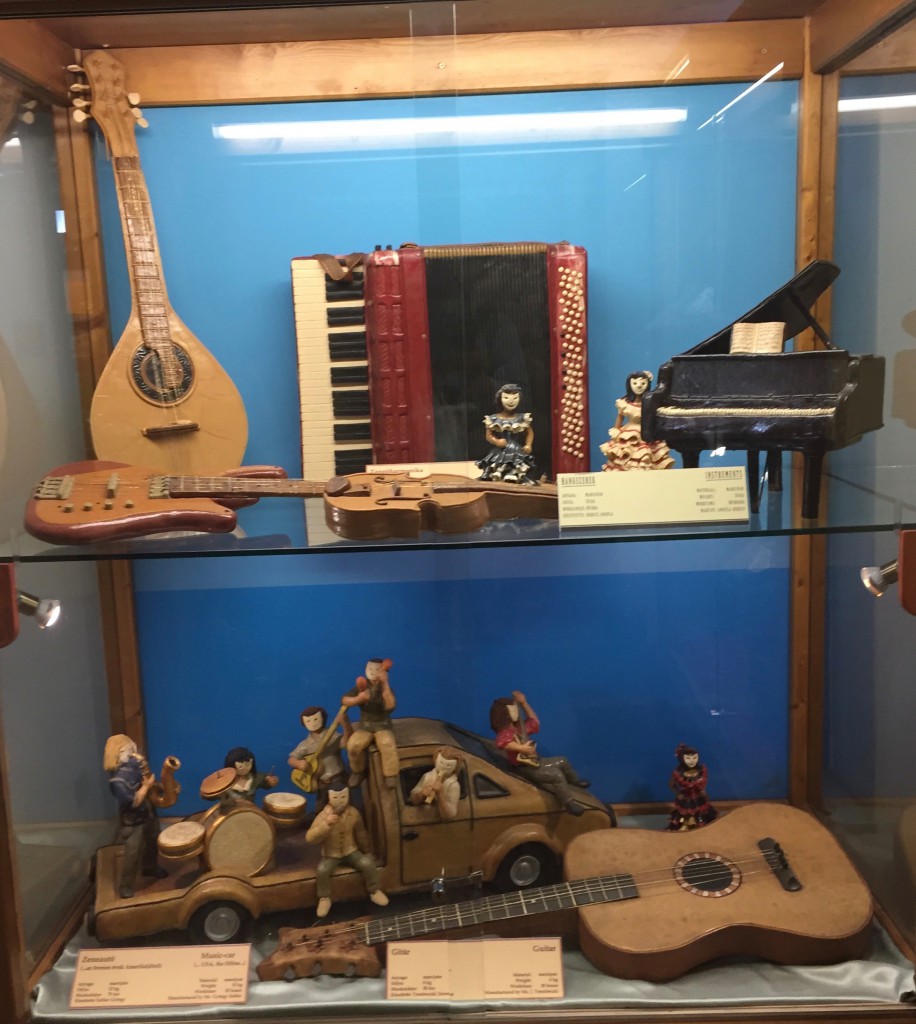
According to you, which are the famous icons of Hungary?
Having the highest ratio of Nobel-laureates per capita, there are many excellent personalities: Scientists, Artists, Writers and Musicians. It is difficult to name only a few without mentioning all of them for which the space of this publication might not be sufficient. Those who are interested in Hungarian innovation may also look at the website: http://hungarian-inventions.com/eng/indexregi.htm for old and new inventions.
Are there any famous icons common to India and Hungary and how do you plan to use the same in enhancing relations between the two countries?
We have many eminent personalities in our history, whose work and life-time achievements became the common heritage of India and Hungary. However, the painter Amrita Sher-Gil, born to a Hungarian mother and an Indian father in Budapest, is undoubtedly one of the greatest icons of our nations. Her outstanding life and work represents a great common cultural heritage of our countries.
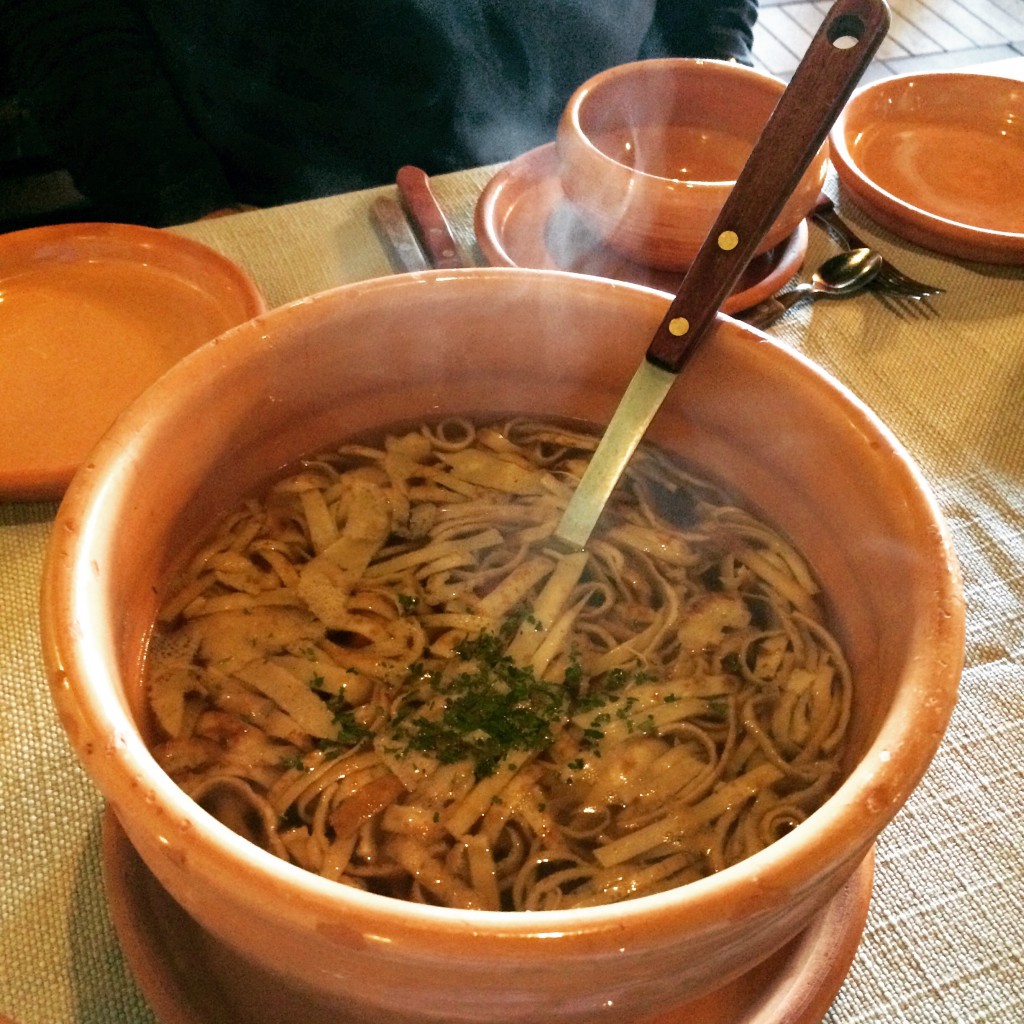
Which Bollywood films have been shot in Hungary, which are currently on the floors and which are those that are likely to be shot in the near future? Also, how will this help to boost tourism in Hungary?
There were a few movies shot in Hungary before with stars like AishwaryaRai, Salman Khan and Ajay Devgan in ‘Hum Dil De ChukeSanam’ for example and also with Amitabh Bachchan, while currently ‘Force 2’ is being shot in Budapest with John Abraham and SonakshiSinha. We are looking forward to many more in the coming years as it is the best way to raise awareness among the Indian public which will in turn obviously help to boost tourism to its new heights between India and Hungary.
Are there any typical Hungarian events or festivals?
Many, some with folk traditions, some with more modern background like the annual Sziget Music Festival in Budapest, which is the biggest of its kind in Europe. We have regular art and theatre festivals in the capital and other cities, particularly the open-air theatres during the summer months. I must recommend though the Christmas Markets and Fairs in December with their unique ambience and atmosphere in every big city around the country.
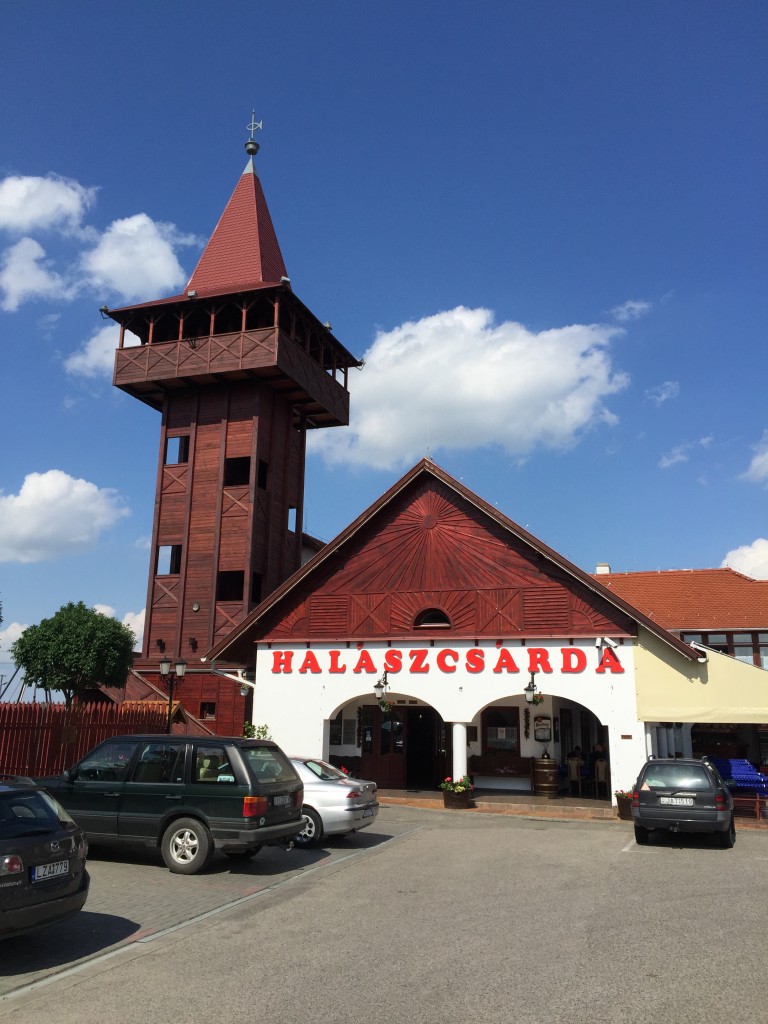
Why is Hungary considered as one of the finest spa cum medical destinations in Continental Europe?
Hungary, after Iceland, has the second largest thermal water reservoirs in the world, with centuries old traditions of bath culture in beautiful historical buildings. It is a unique experience, particularly to visit the world’s largest thermal lake in Héviz with warm, healing water all year long. Swimming in warm water during winter with all the snow around is a lifetime experience and a must.
What aspect of your role as Consul General do you find most interesting and challenging?
Time Management – India has so much to offer and Mumbai in particular is so alive, with so many things happening all the time, so many interesting people to meet, it is difficult to find time for everything. Traffic, not to mention, sometimes makes it even more difficult though.
On a more personal front, what kind of hobbies and interests do you pursue and when?
I love to travel, explore new things, and meet new and interesting people. I like to read as well and paint, if I find the time. Swimming and running are also a favourite activity, as and when I can manage.
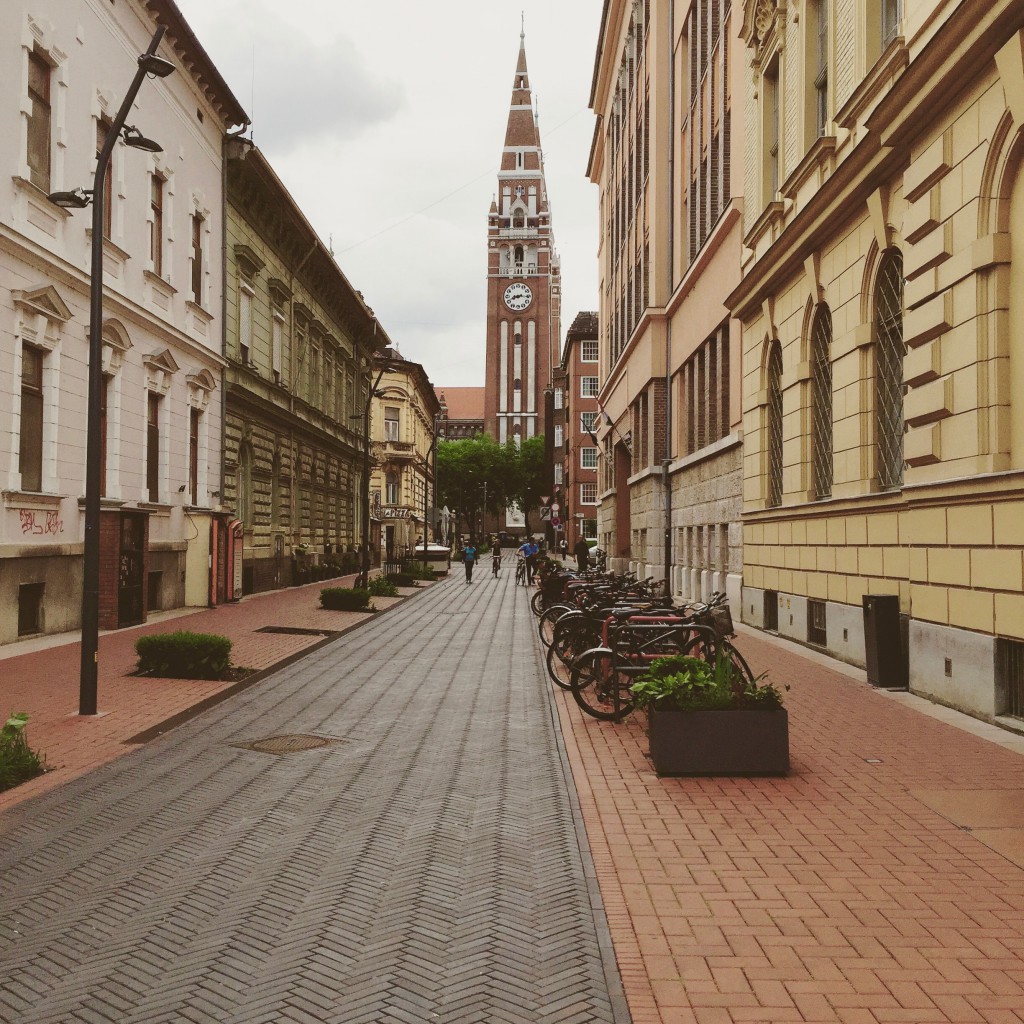
Which are your favourite holiday destinations in Hungary?
Besides my hometown Szeged, I love the Balaton Lake and its surroundings, particularly the Northern Shore.

Which is your favourite holiday destination in India and what has been your overall experience during this tenure?
I love all the places we have visited so far, however, the Himalayas and Darjeeling on one side and Kerala on the other end of the subcontinent was the most exciting experience till today. For long I wish to visit Hampi, I hope that one day I will make it there.
What is your message to our readers and how can they benefit by partnering with counterparts in Hungary in various fields?
Hungary has a lot to offer and it is still relatively unexplored for the Indian tourism sector. Our partners shall use this opportunity as Hungary is a new upcoming and exotic destination.
What are the opportunities of Hungary as a MICE (Meeting, Incentives, Conferences and Exhibition) destination and have you seen a growth in MICE travel out of India?
MICE tourism and also Indian Weddings are choosing Hungary and Budapest in particular more often. We are seeing an increasing number of travellers in these sectors, with lots of further opportunities. Hungary offers great facilities and unrivalled unique experiences.

What is your opinion on Namaste Hungary (www.namastehungary.com) – a dedicated website generating awareness for the Indian outbound traveller to Hungary?
Namaste Hungary and our collaboration with Namaste Tourism were among the first initiatives since the opening of the Hungarian Consulate General in Mumbai and the 60% increase of the number of Indian travellers to Hungary in the last one year only is a clear proof of our successful co-operation.
Consulate General of Hungary, TCG Financial Centre, #803, C-53, G-Block, Bandra-Kurla Complex, Bandra (E), Mumbai – 400098, India.
Tel: +91 22 67701637 Email: mission.mum@mfa.gov.hu Web: http://www.kormany.hu/en
Budapest through pictures
The Parliament Building stands on the banks of one of the most famous rivers – The Danube (2860 km). It houses The Holy Crown of Hungary, which is also depicted in the Coat of Arms of Hungary.
The Parliament is the seat of the National Assembly of Hungary, one of the oldest Legislative Buildings in Europe, as well as one of the most popular tourist destination of Budapest. It lies in the Pest part of the city. The other part being Buda – thus combining to form the city of Budapest.
The construction of this iconic building commenced in 1896 to commemorate the 1000th Anniversary of the country and was completed in 1904. It is the largest building in Hungary and its architecture is in the form of Gothic Revival Style.
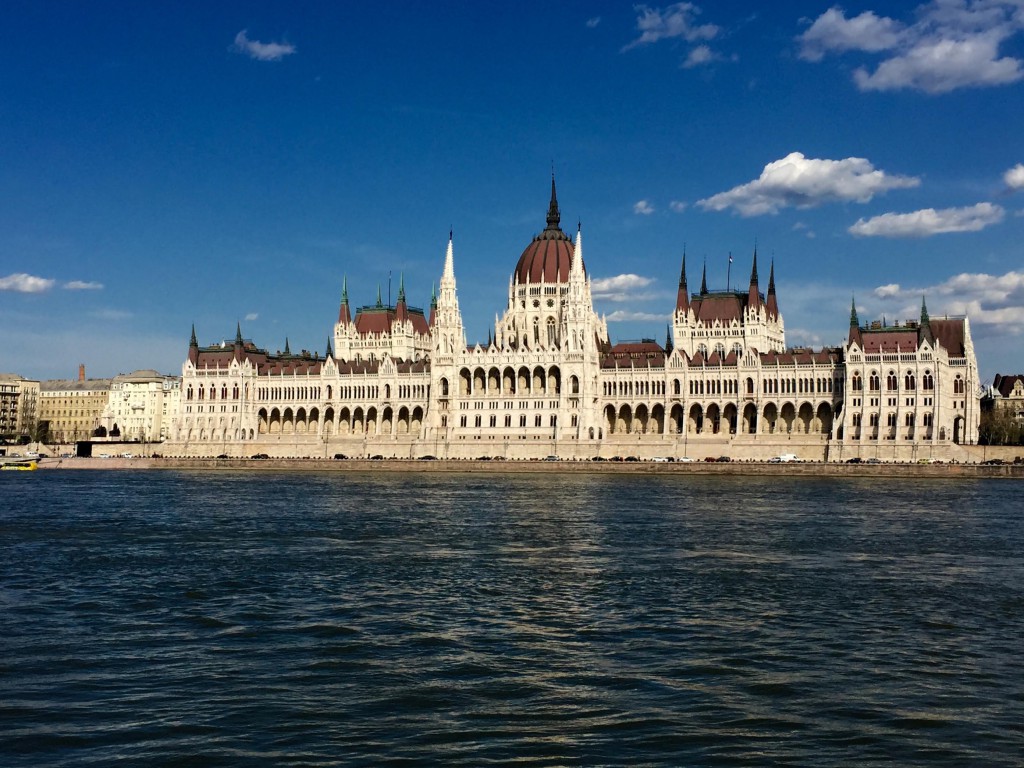
The Buda Castle, a historical castle and palace complex of the Hungarian Kings in Budapest was first completed in 1265. In the past, it has been called The Royal Palace or The Royal Castle.
The Buda Castle was built on the southern tip of Castle Hill, bounded on the north by what is known as the Castle District, which is famous for its Medieval, Baroque and 19th-century houses, churches, and public buildings. It is linked to Clark Adam Square and the Szechenyi Chain Bridge by the Castle Hill Funicular.
The castle which was declared a Heritage Site in 1987 is a part of the Budapest World Heritage Site.
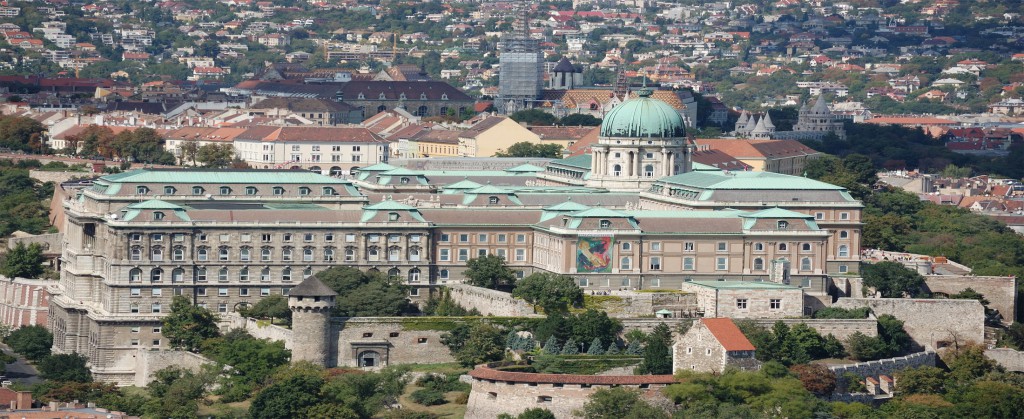
The Heroes’ Square is one of the most visited sites in Budapest along with The Parliament, The Buda Castle and The Great Synagogue. The Millennium Monument which dominates Heroes’ Square was built as a mark for the Existence of Hungary as well as the Millennium of the Magyar Conquest. The building was started in 1896 but it was finally completed in 1929. The Andrassy Street which is the longest street in Budapest (2.5 km long) also runs into Heroes’ Square. The area around Heroes’ Square is one of the most prestigious addresses in Budapest.
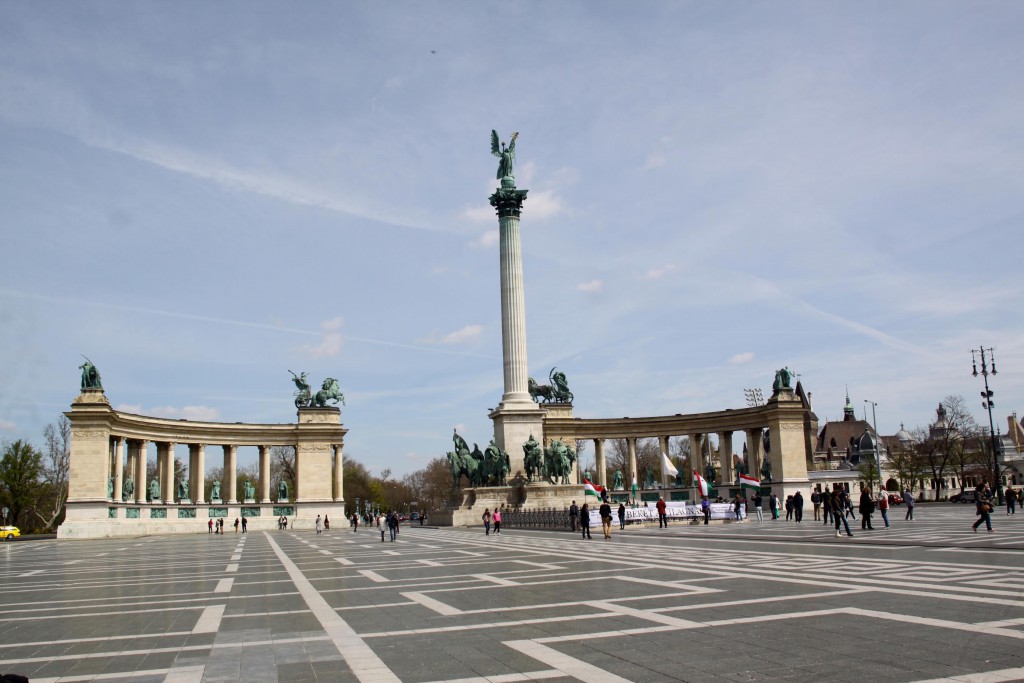
The Szechenyi Chain Bridge is a suspension bridge that spans the River Danube between Buda and Pest, the western and eastern sides of Budapest, the capital of Hungary. Designed by the English engineer William Tierney Clark, it was the first permanent bridge across the Danube in Hungary and was opened in 1849. The bridge was opened in 1849, after the Hungarian Revolution of 1848, and thus became the first permanent bridge across the Danube in the Hungarian capital. At the time, its center span of 202 metres (663 ft) was one of the largest in the world. The lions at each of the abutments were carved in stone by the sculptor, Janos Marschalko.
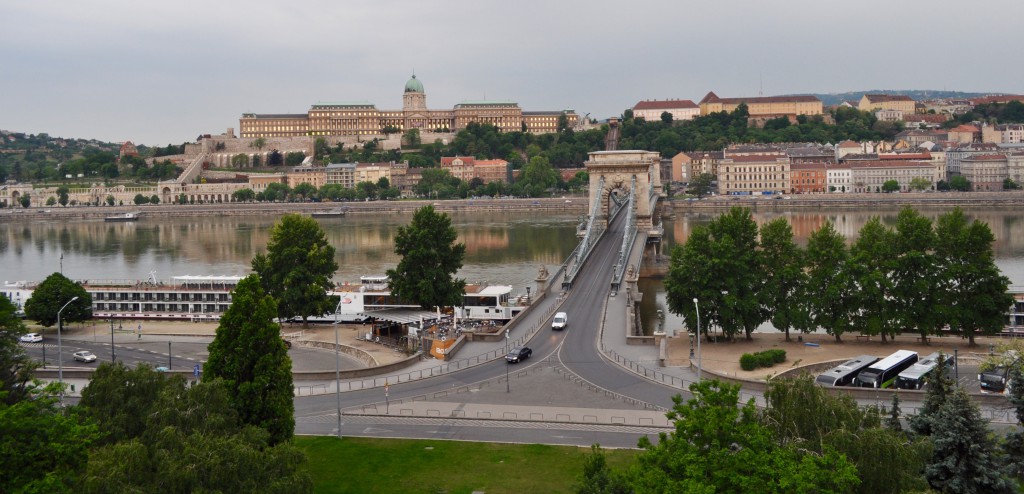
The Dohany Street Synagogue in Budapest has a unique place in Jewish history. This is the second largest Jewish house of worship in the World and the biggest Jewish house of worship in Europe.
The complex has many artefacts of Jewish Religion housed in a Museum including religious relics of the Pest HevrahKaddishah, rituals objects of the Sabbath as well as a Holocaust Room. The Synagogue was opened to the public on September 6, 1859 and can hold upto 3000 seated and 2000 standing worshippers.
The Founder of Zionism – Theodor Herzi (1860-1904) was born and raised in the house on which at present the Jewish Museum stands. The Jewish Museum was constructed between 1930-1931.
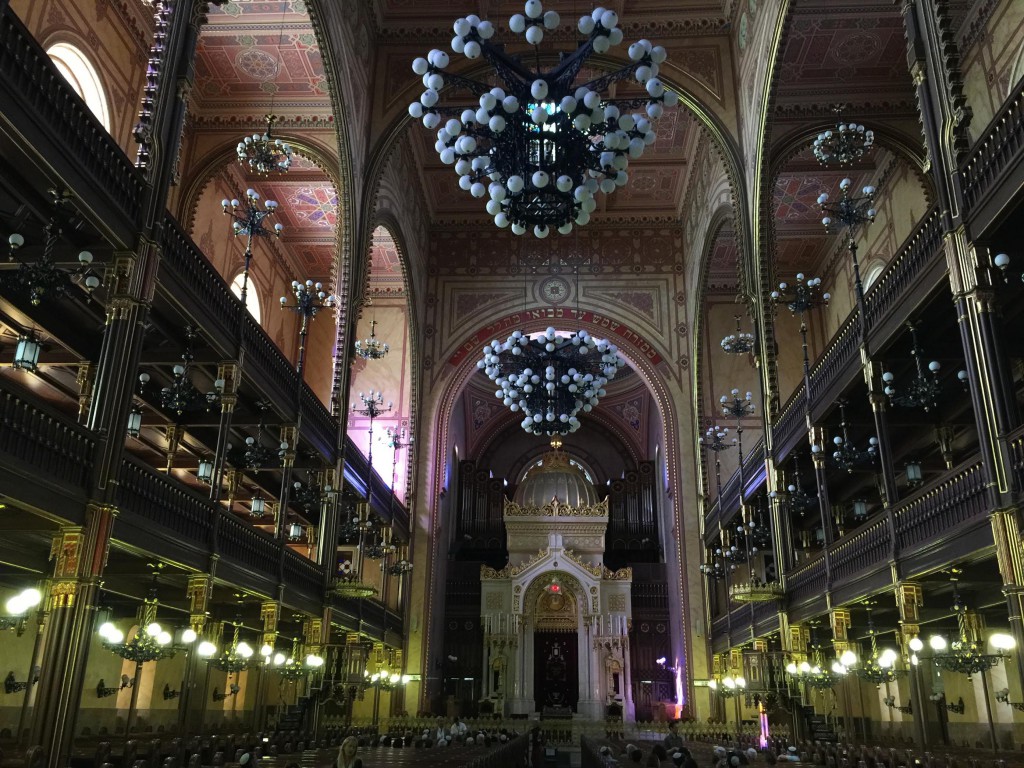
Hungary Beyond Budapest – The Past and the Present
Hungary is well located in the heart of Central Europe and shares it borders with 7 countries connecting it with other Central European destinations such as Austria and Slovakia, the Eastern European countries of Ukraine and Romania and further South are Croatia, Slovenia and Serbia. Read More...
Hungary Fact Sheet
- Hungary is a landlocked country with Slovakia to the north, Romania to the east, Serbia to the south, Croatia to the south-west, Slovenia to the west, Austria to the north-west and Ukraine to the north-east.
- Capital of Hungary is Budapest which is the country’s most popular tourist attraction. The official language is Hungarian and its currency is Hungarian Forint. Population of Hungary is around 10 million and the female to male ratio is higher.
- Hungary was a part of the Imperial territories ruled by the House of Habsburg which was one of the most important Royal Houses of Europe. It is believed that the first significant attempt to topple the rule of Habsburg was initiated in Hungary.
- Rubik’s Cube, a 3-D combination puzzle was invented in 1974 by a Hungarian Professor of Architecture named Erno Rubik. It was originally called as Magic Cube.
- Hungary is known as the land of thermal waters.
- International tourism in Hungary grew by 17.5% in the first half of 2015 as per the data provided by the World Tourism Organization. It is the only Central European country to post growth on such a scale.
- www.friendlyhungary.com is an initiative of Hungarian Tourism Ltd. to show the country’s special culture, history, nature, tradition, etc through photographs clicked by them and also by the tourists visiting Hungary.
- Hungarian fencer AladarGerevich, known as the greatest Olympic swordsman won gold in six Olympics.
- Hungary has the highest ratio of Nobel Prize winners per capita in the world.
- The first railway line in Hungary was built between Vac and Budapest.
- The banks of the river Danube and the Castle district in Budapest have been granted World Heritage status.
- The Dohany Street Synagogue is the largest in Europe and the second largest in the world and it contains 3000 seats.
- Heroes’ Square is the most iconic city square in Budapest.
- Heviz has one of the most well known spas in Hungary. Together with the surrounding district it is a nature reserve.
- The Hortobagy National Park has a World Heritage status. The fish farm at the Hortobagy is one of the largest in the world.
- First Vedic church of the believers of the Krishna Consciousness in Hungary was founded in Somogyvamos. The Indian Cultural Centre is located at 38 High Street.
- Important Hungarian personalities include Michael Curtiz, Drew Barrymore, Paul Newman, Estee Lauder, Calvin Klein, Paul Simon, Nicolas Sarkozy, Leo Szilard, and many more.
- Inventions made in Hungary are Ballpoint Pen, Plasma TV, Electric Motor, Turbo Prop, Telephone Exchange, Transfomers, Dynamo, etc.
- Amrita Sher-Gil is an eminent painter of her times, born to a Punjabi Sikh father and a Hungarian Jewish mother, who is also known as India’s Frida Kahlo. She is considered to be the most important woman painter of 20th Century India.
- The Tagore promenade in Balatonfured, Lake Balaton is named after Rabindranath Tagore, Nobel Prize winner and World renowned Indian poet.
Discover Central Europe Road Show 2016, Mumbai & New Delhi
V4 which promotes Central Europe: Czech Republic, Hungary, Poland and Slovakia conducted a workshop to showcase destination of Central Europe and Namaste Tourism presented a journey through V4 countries to assist the travel trade partners present in Mumbai & New Delhi to create itineraries which includes travel to the V4 countries.
Event at Trident, Bandra Kurla Complex, Mumbai on September 30, 2016
Event at PHD Chamber, New Delhi, on October 1, 2016
Media - Print & Online
Leave a Reply
Do you have some comments or questions for us? We’d love to hear from you! Don’t be shy! Feel free to drop us a message!

